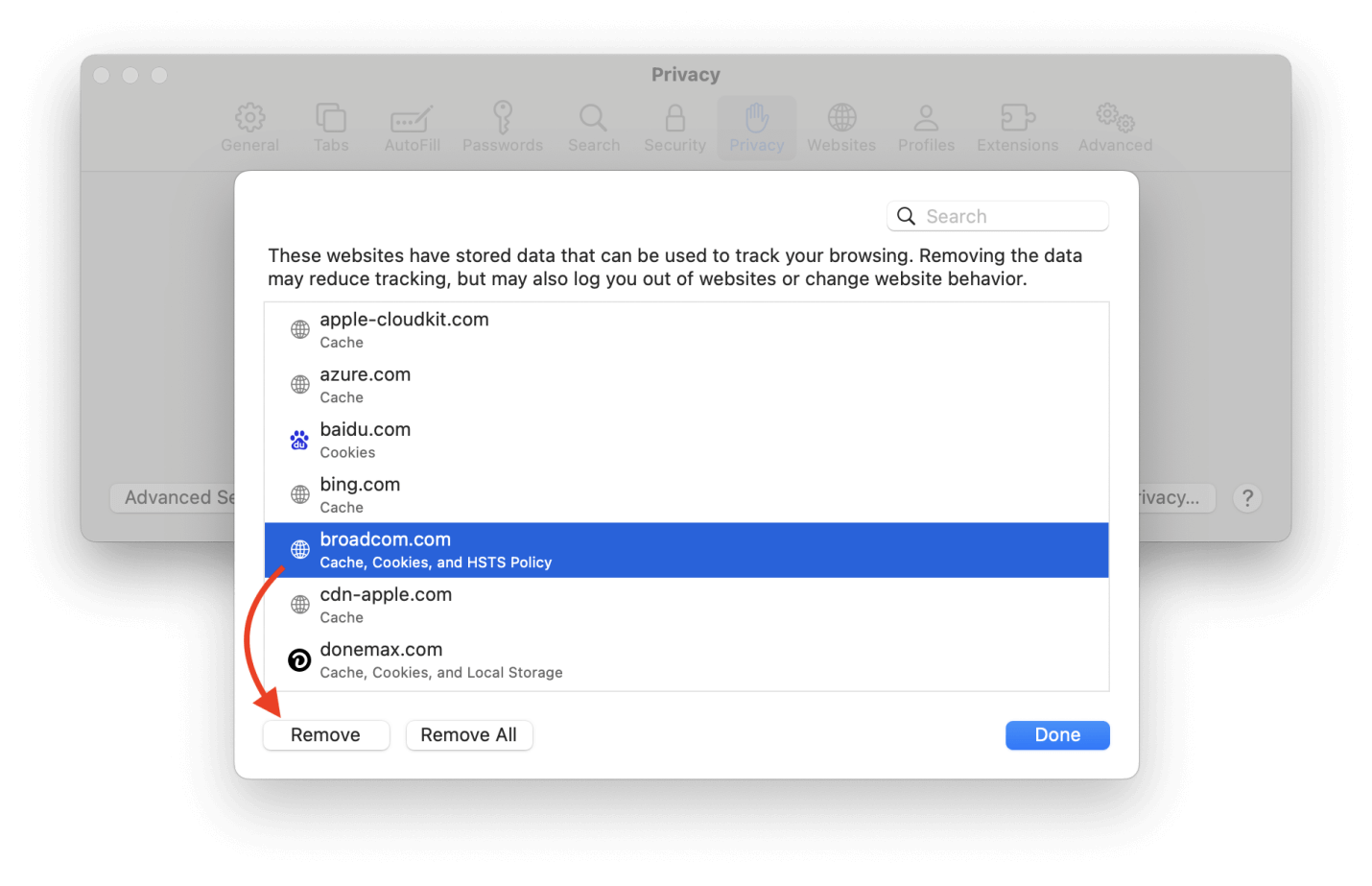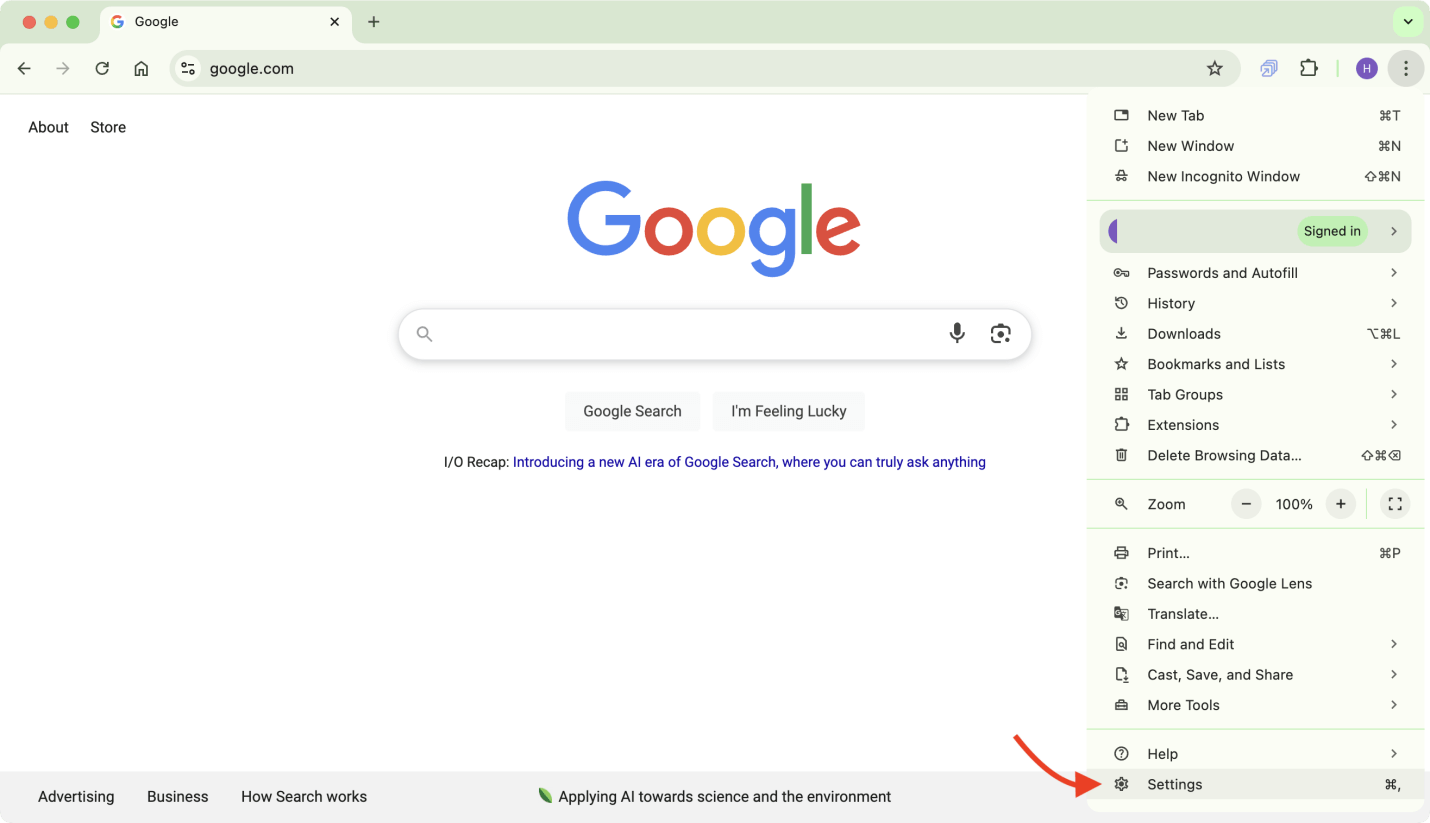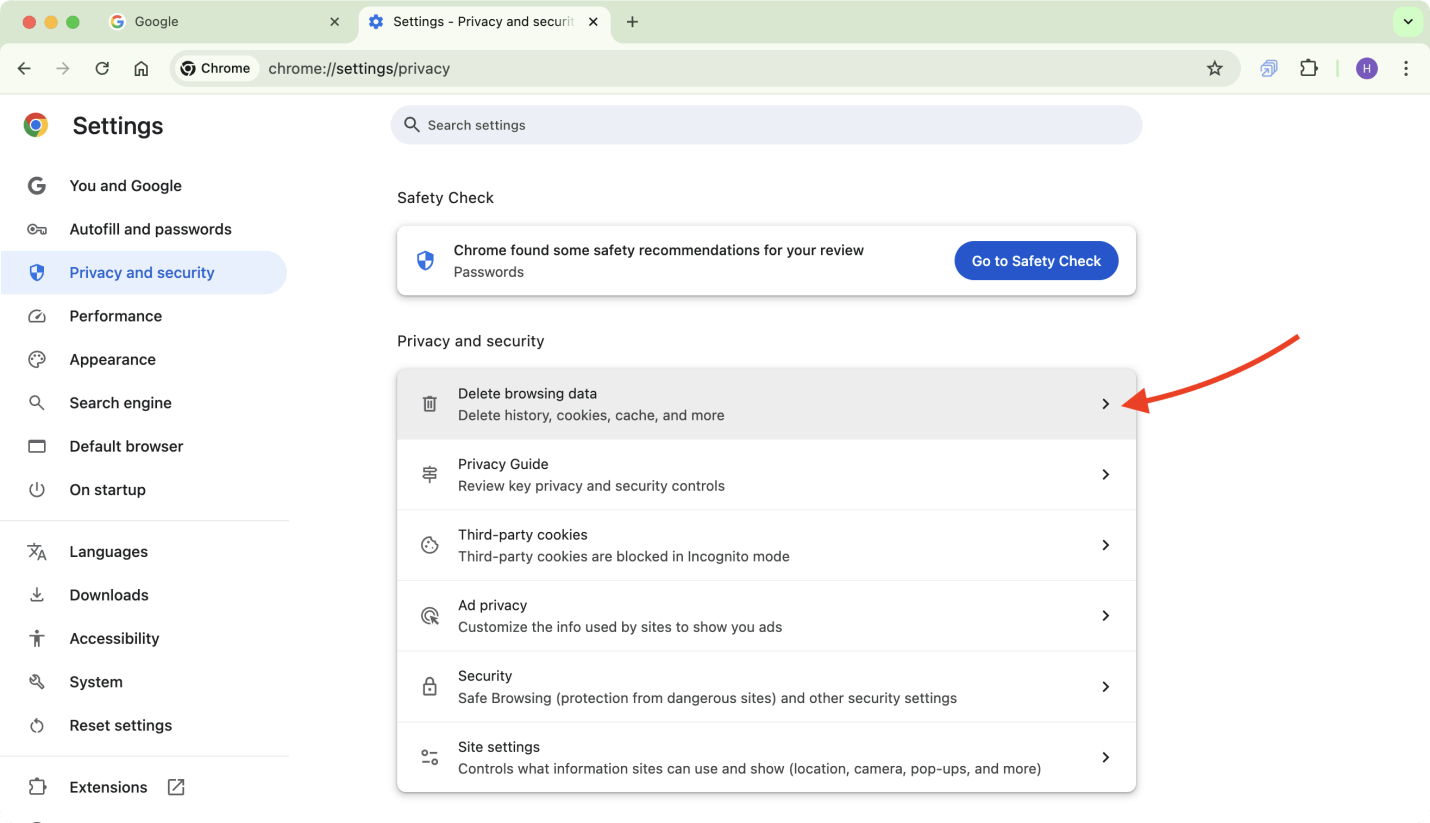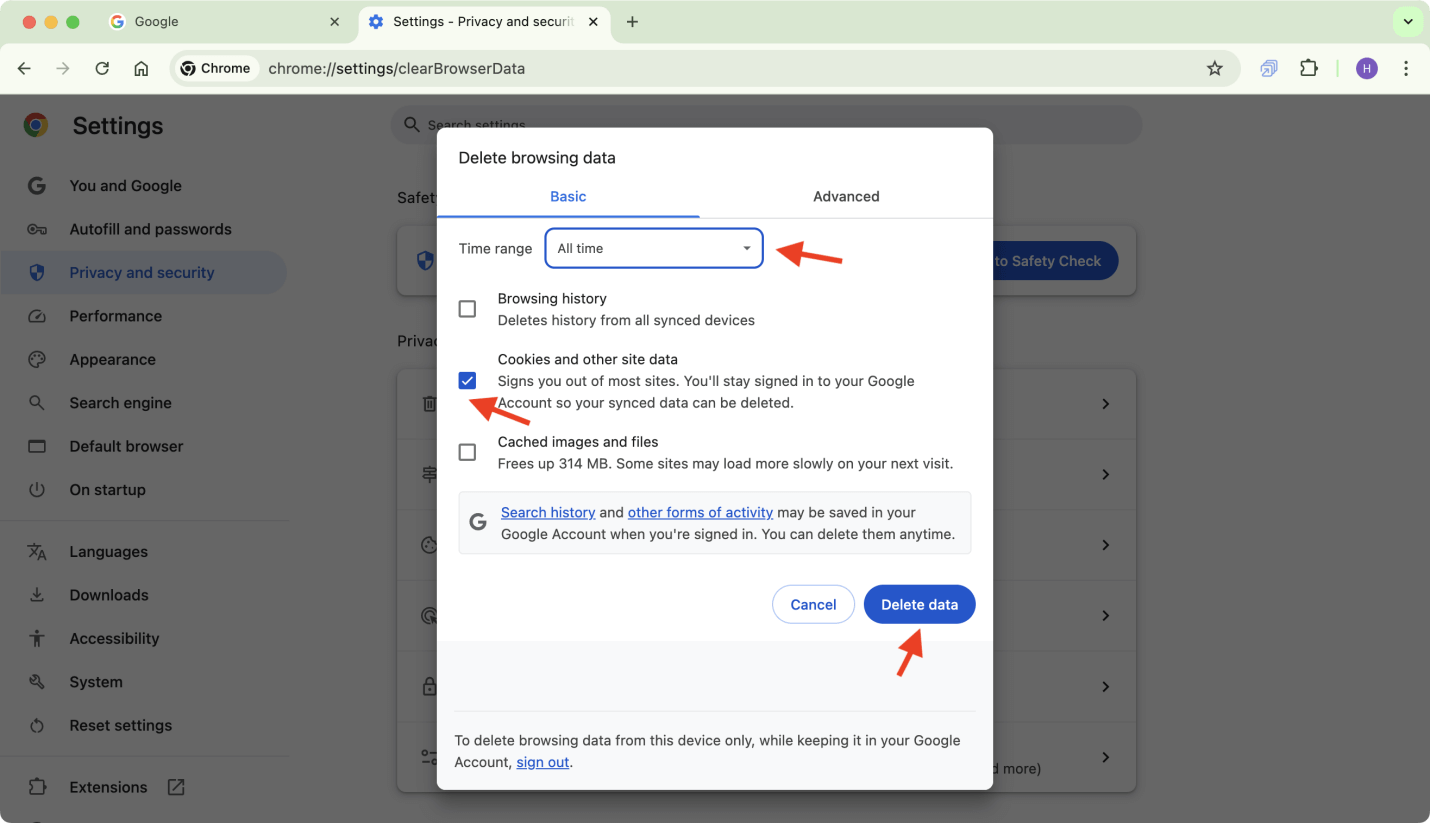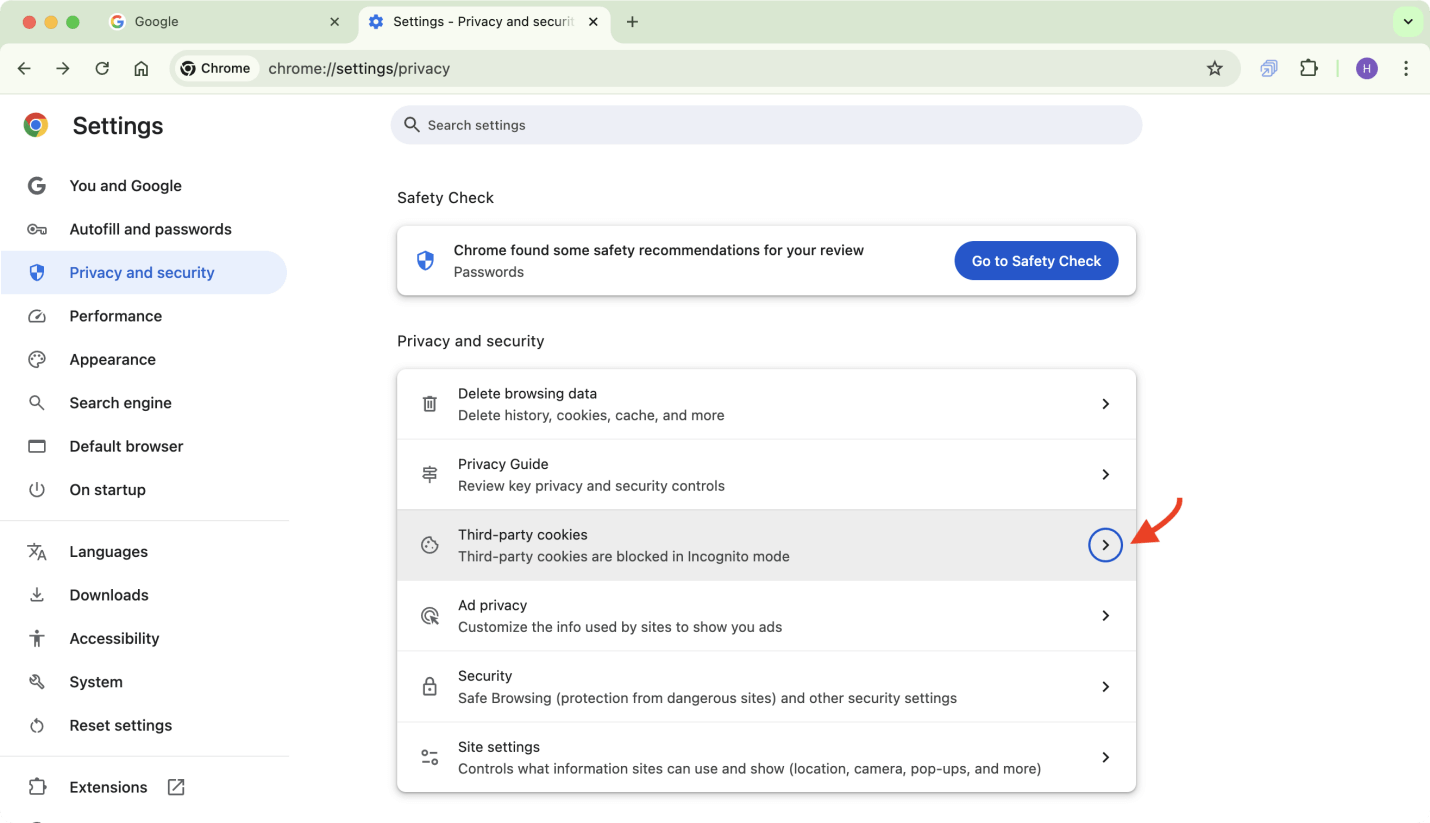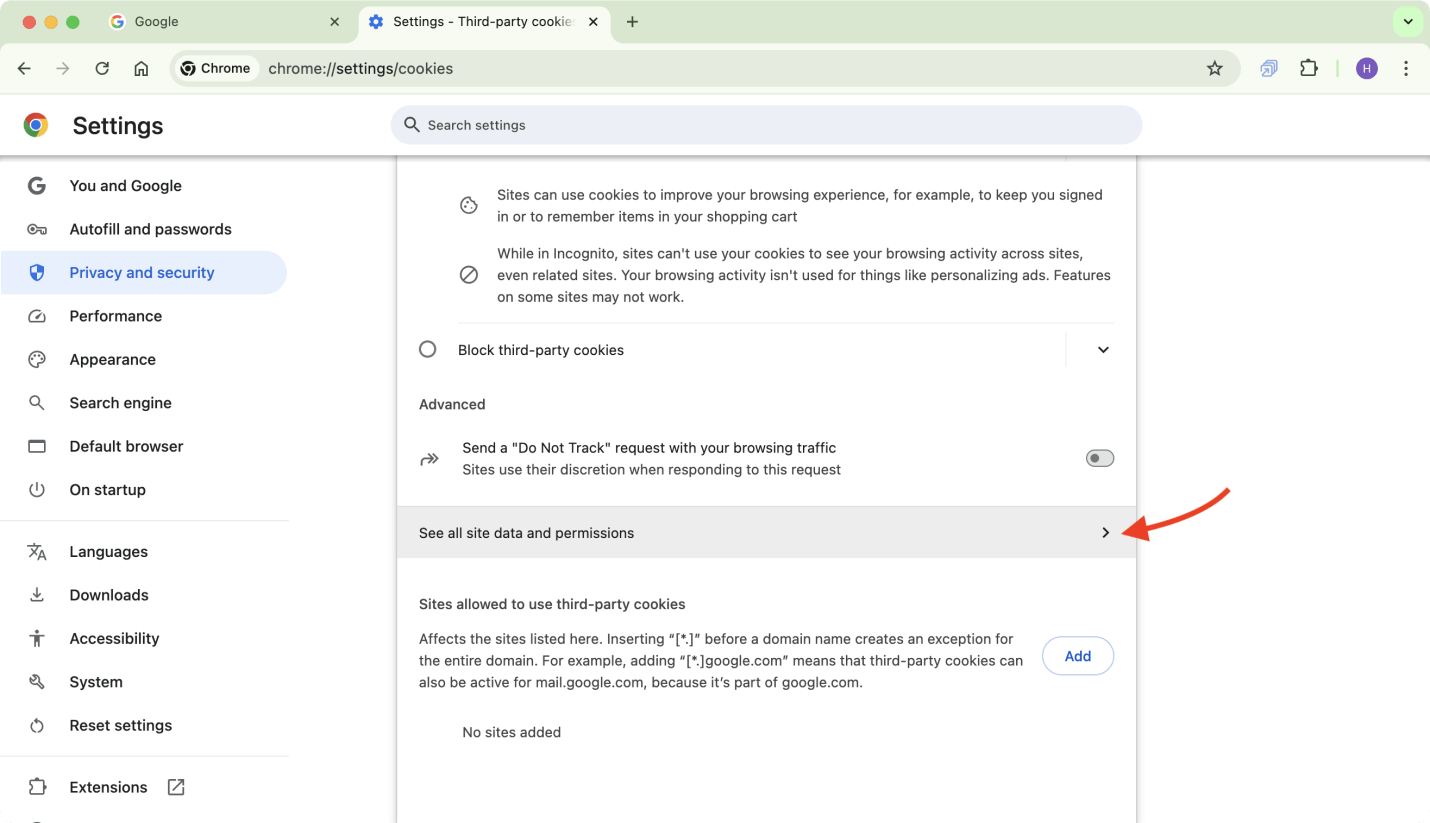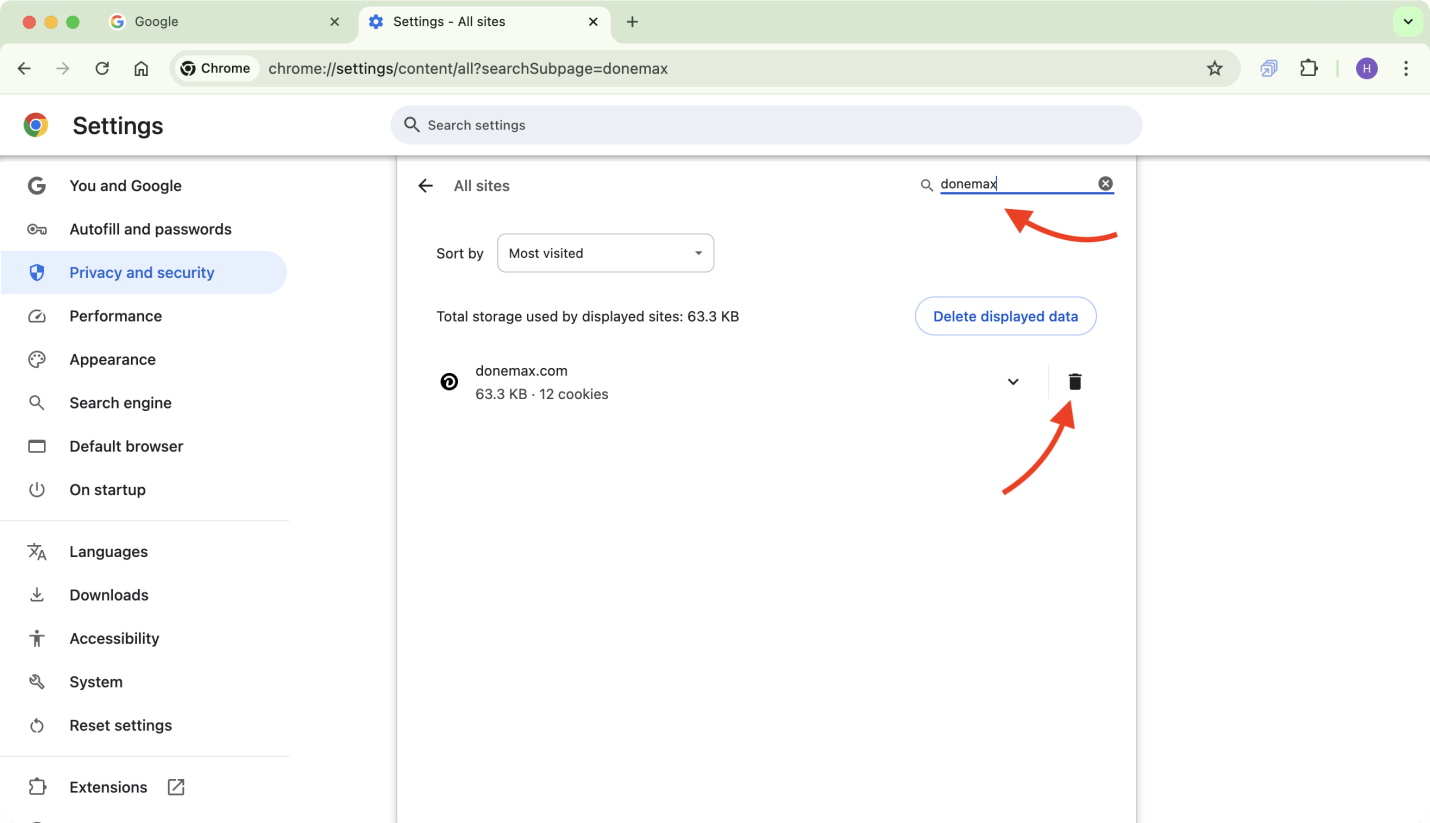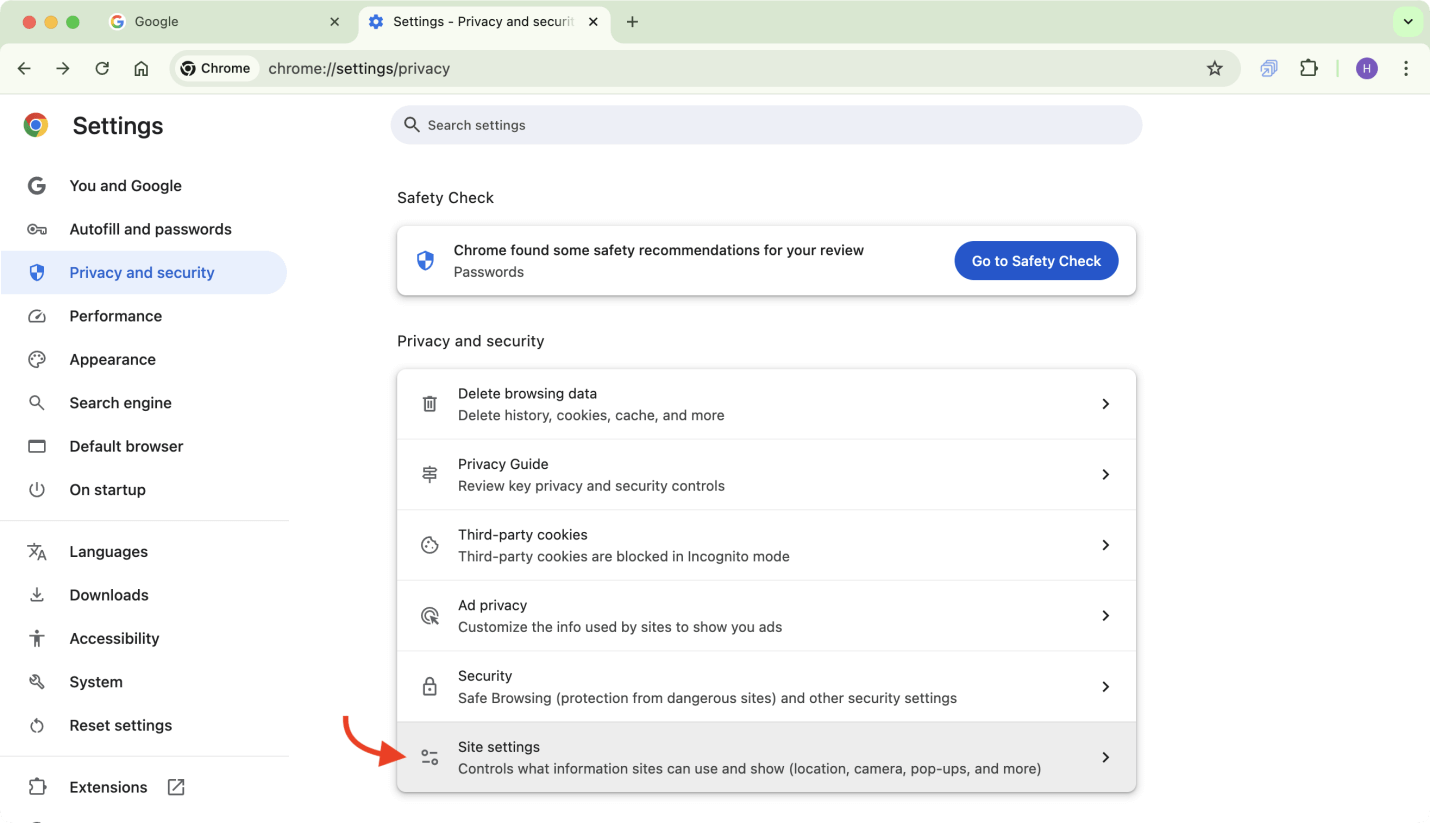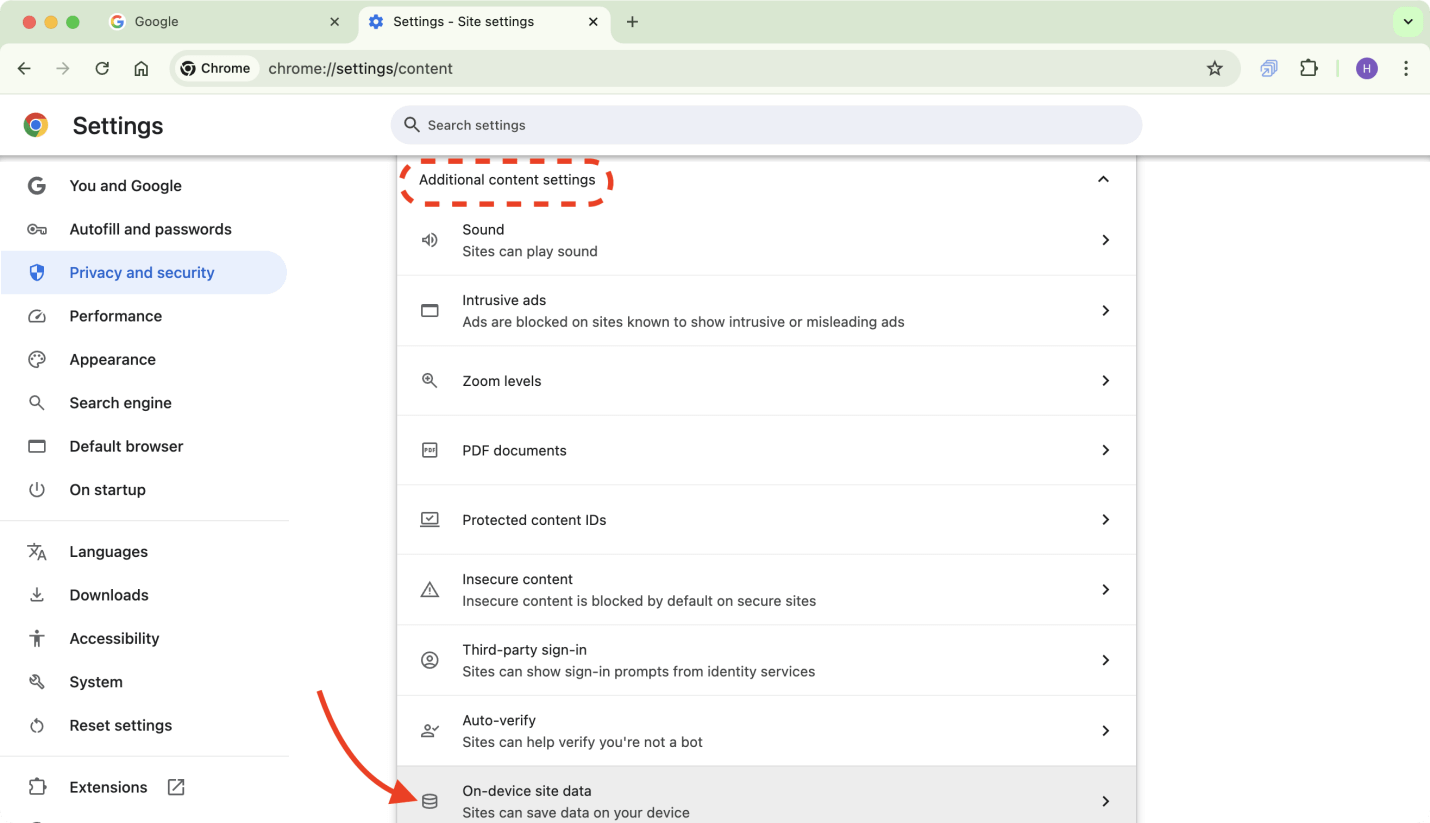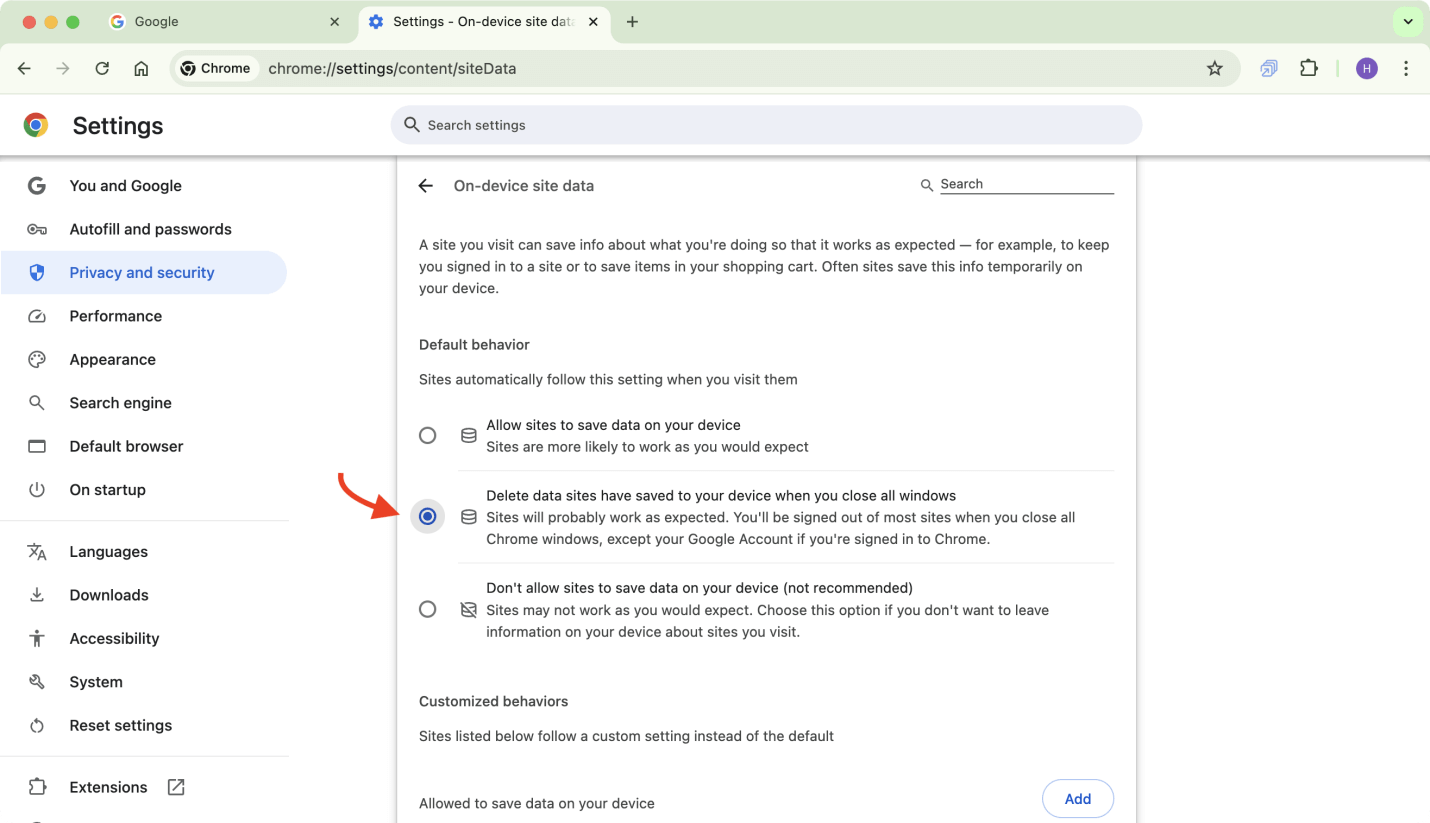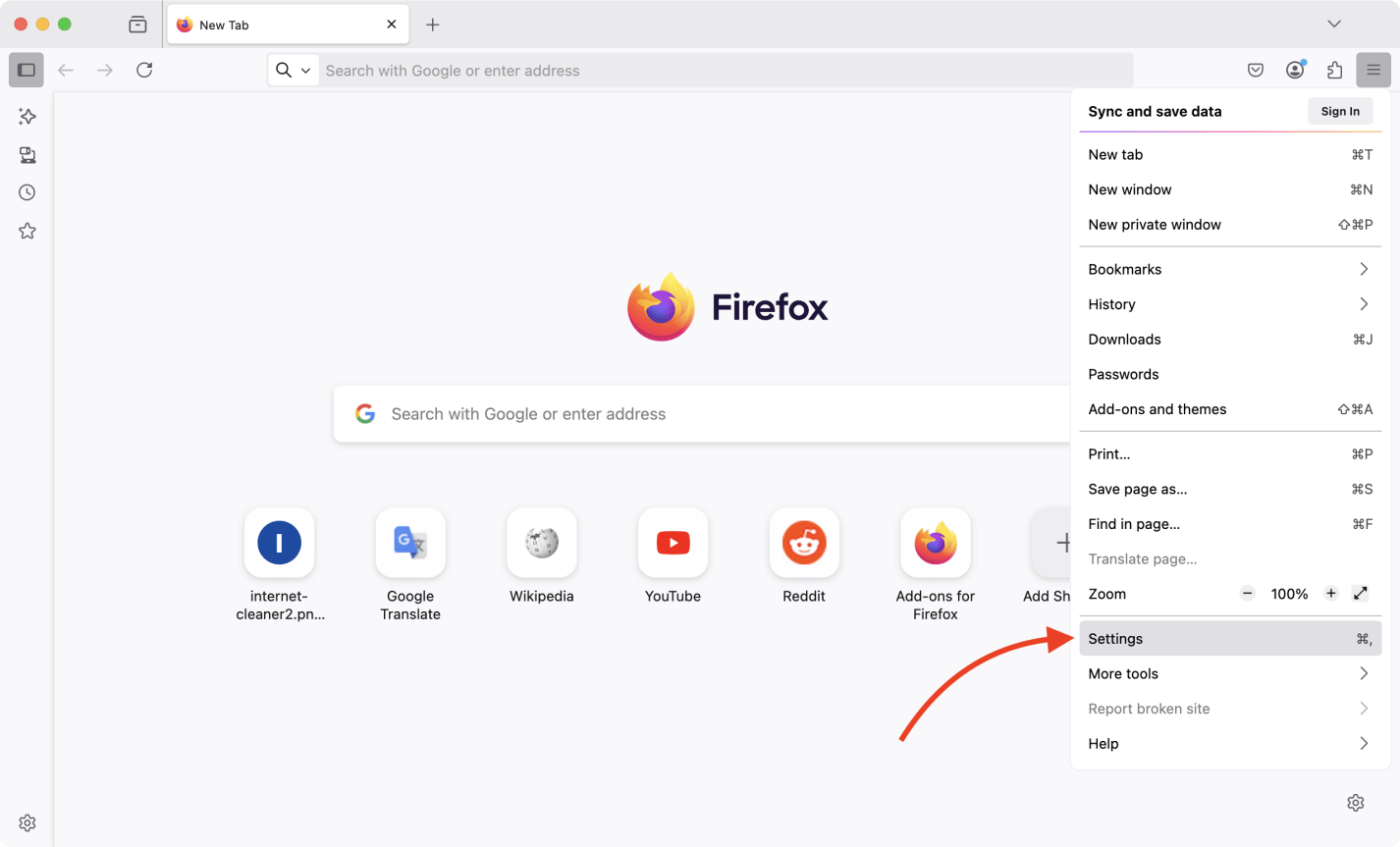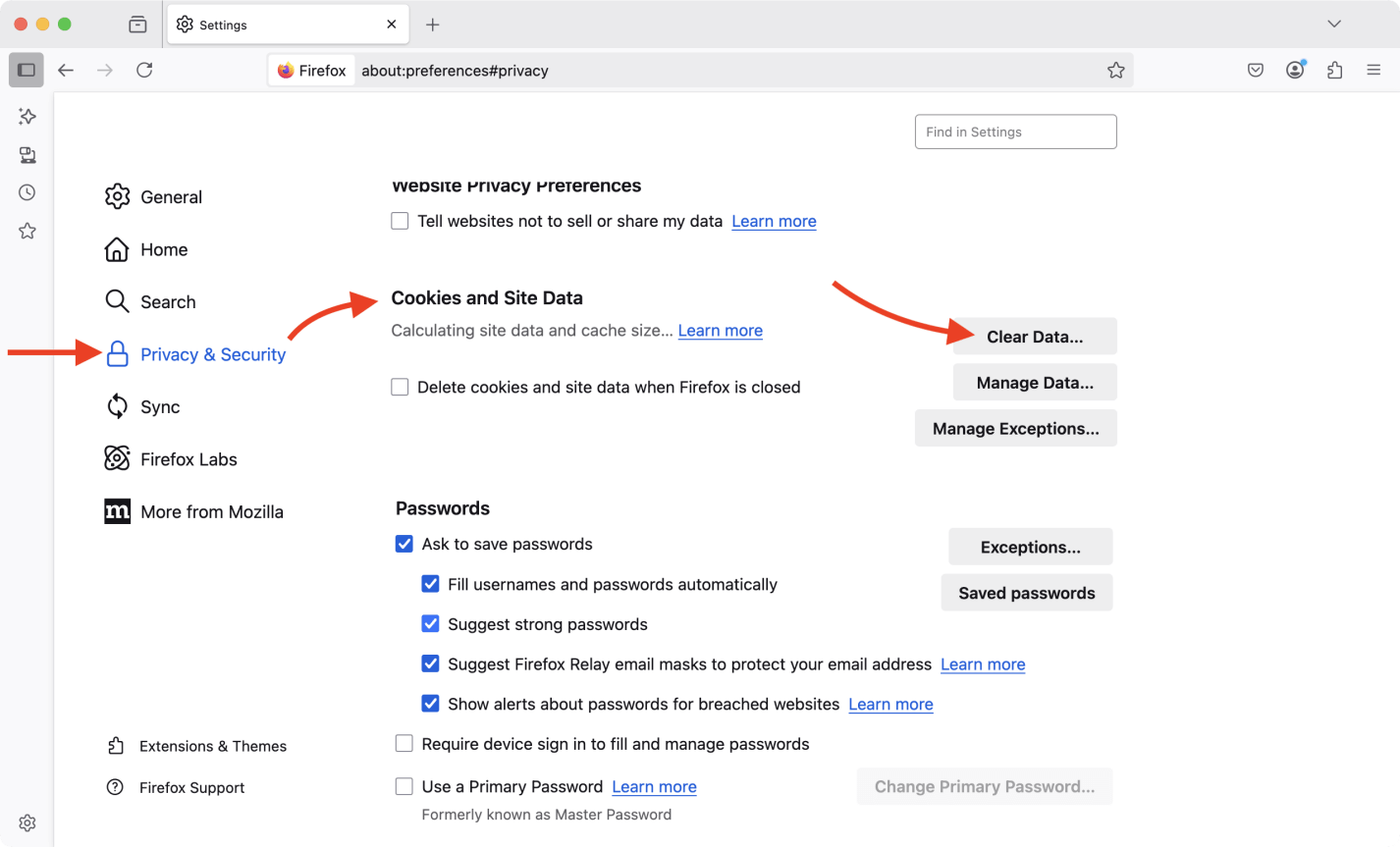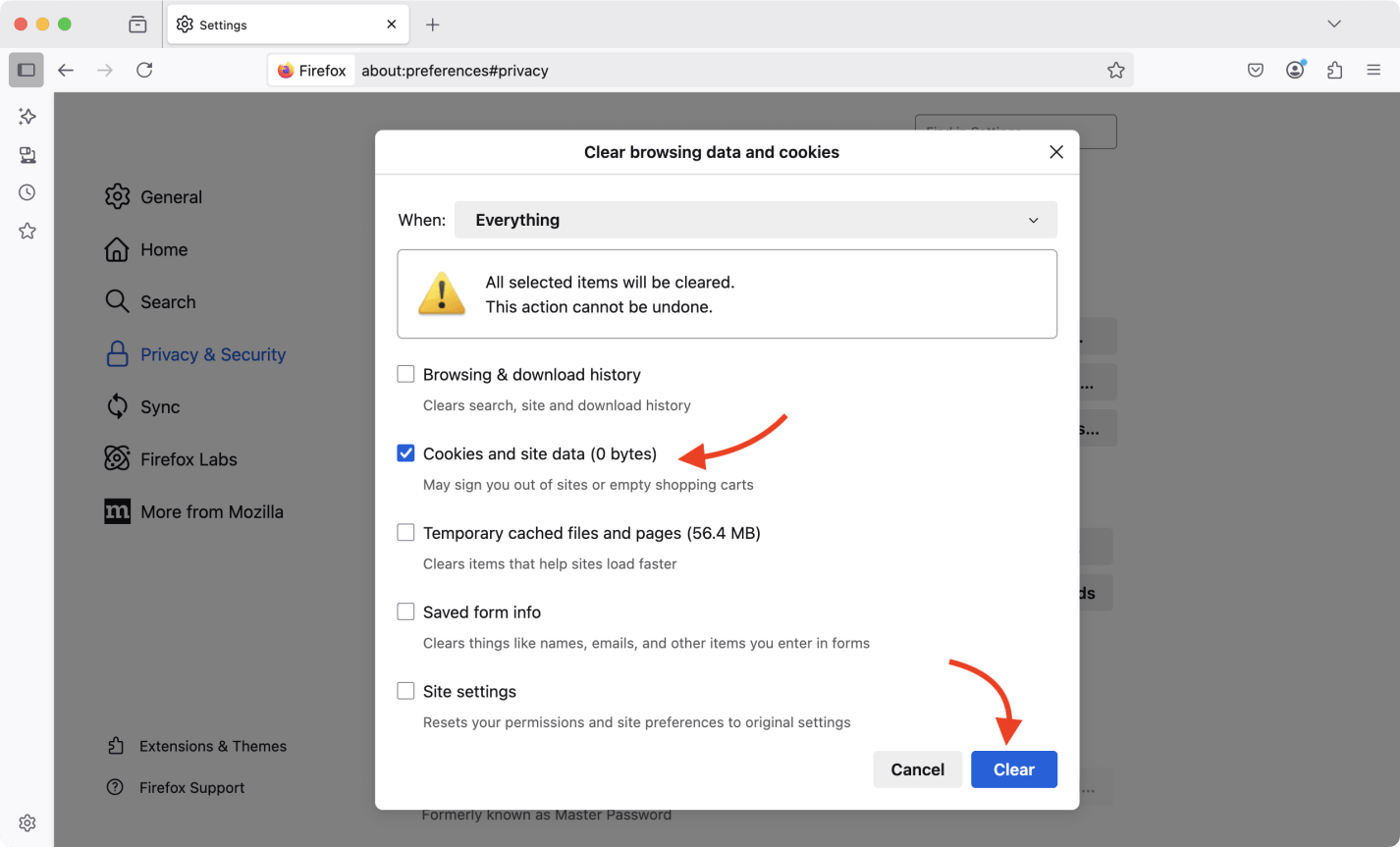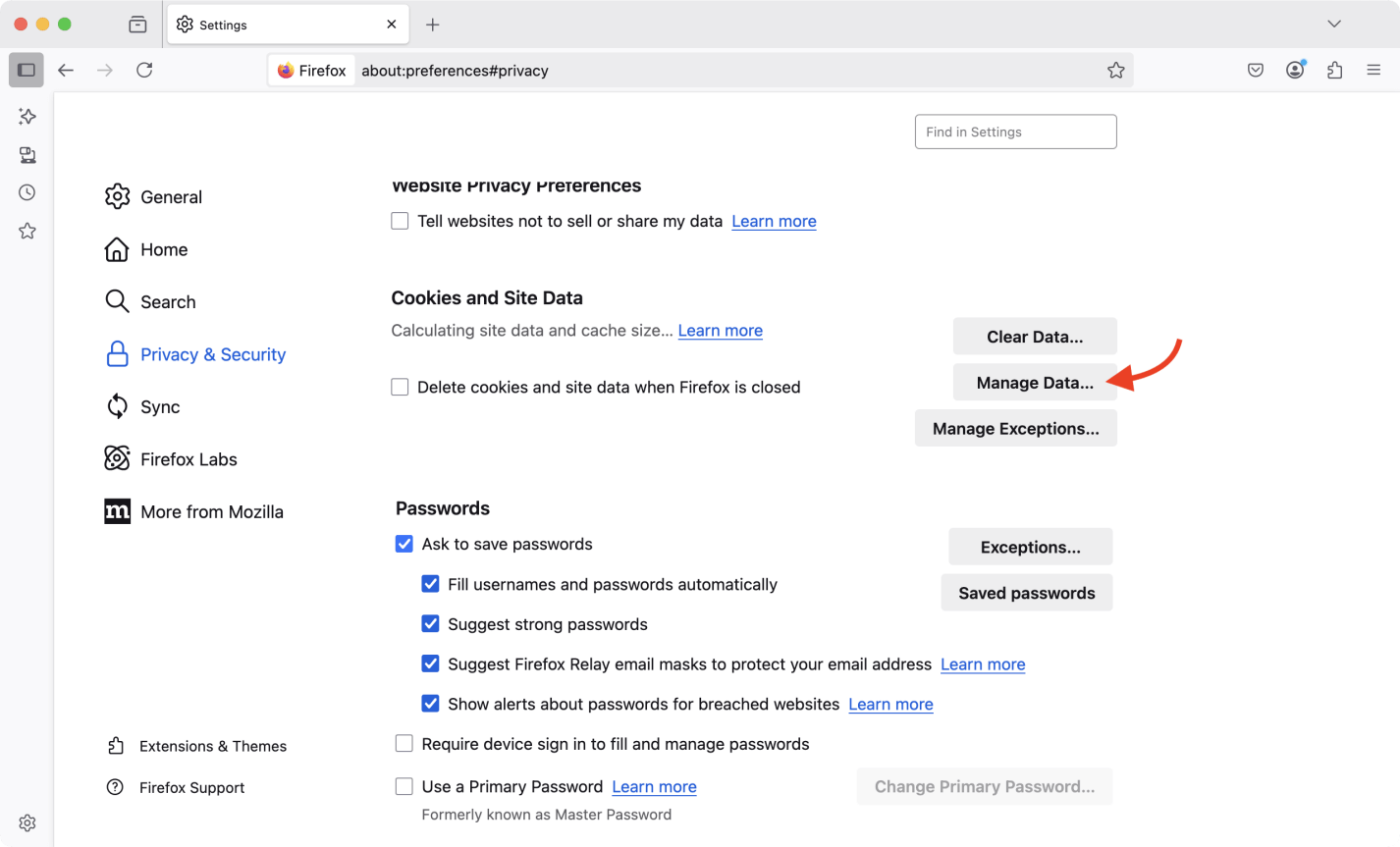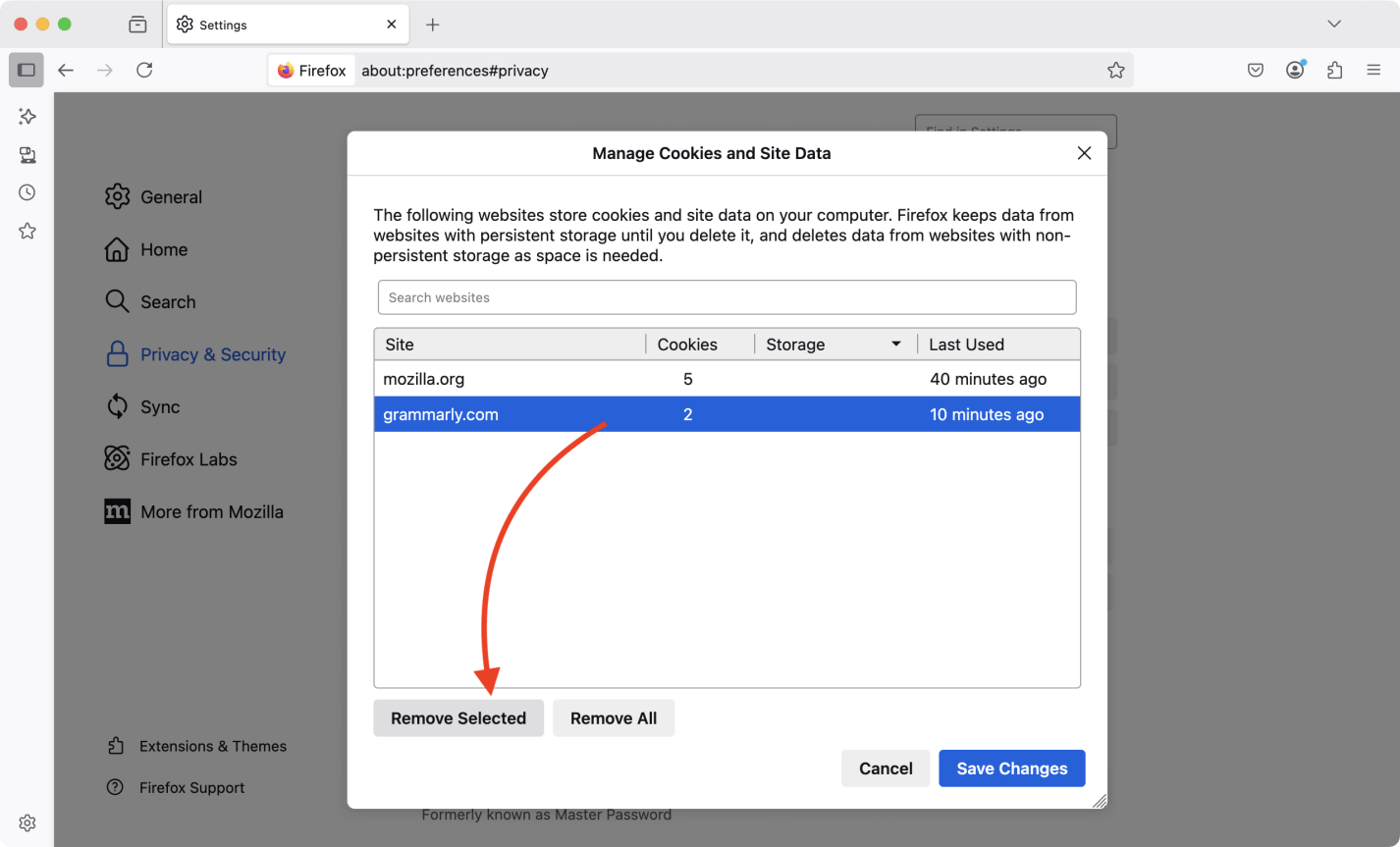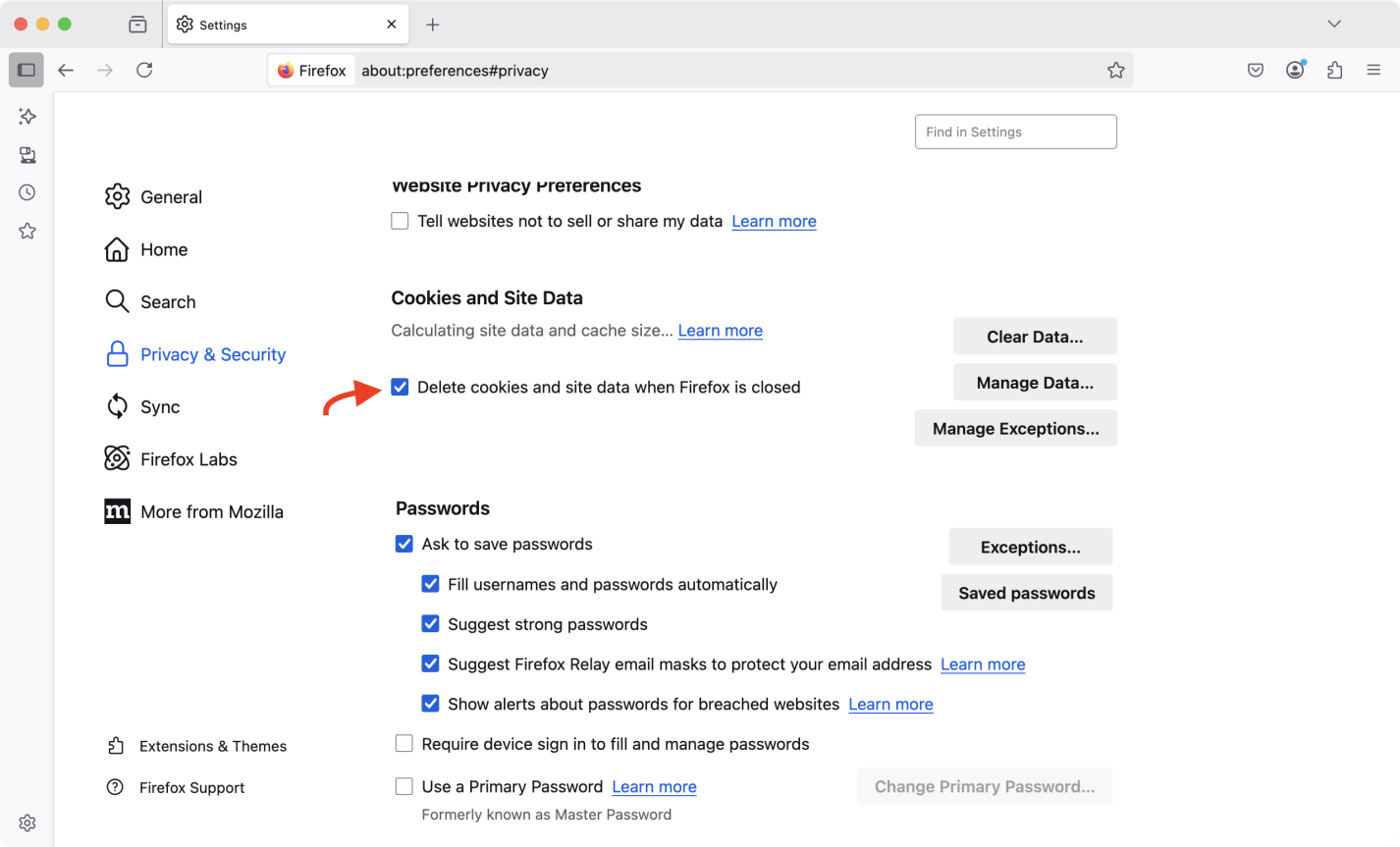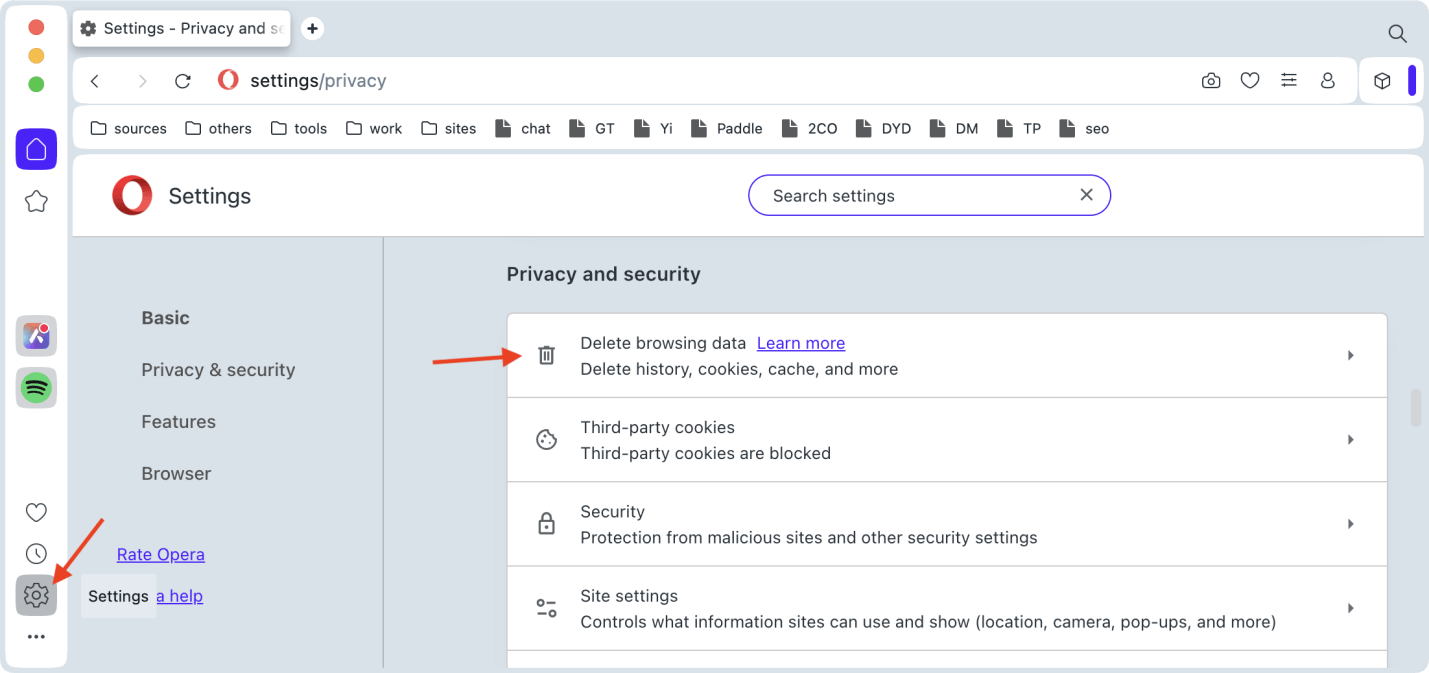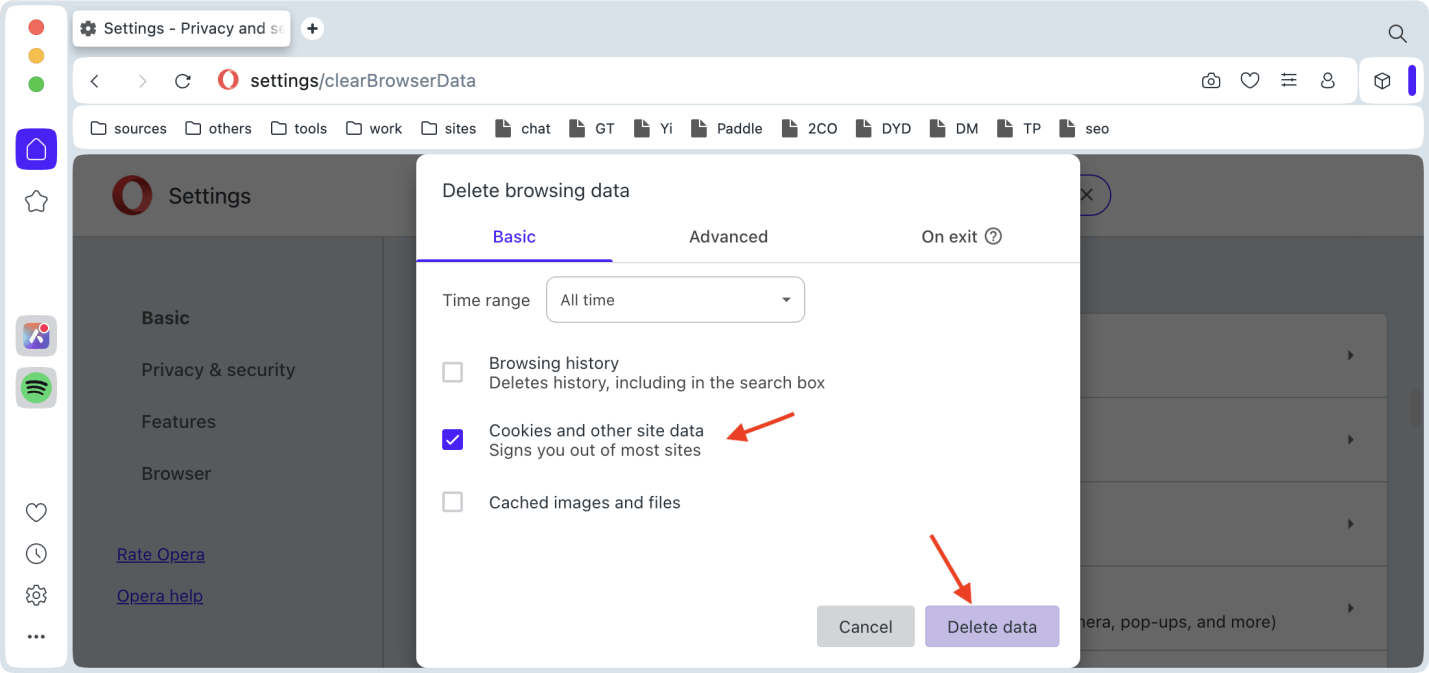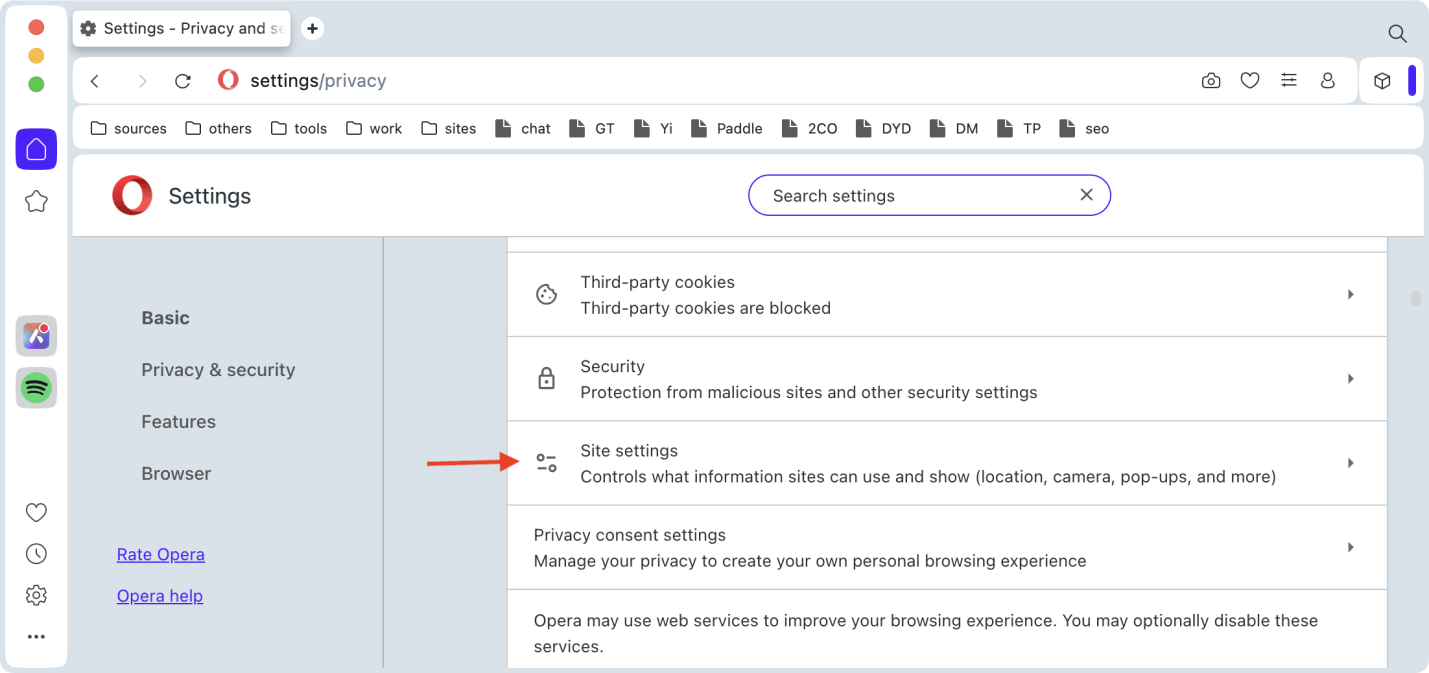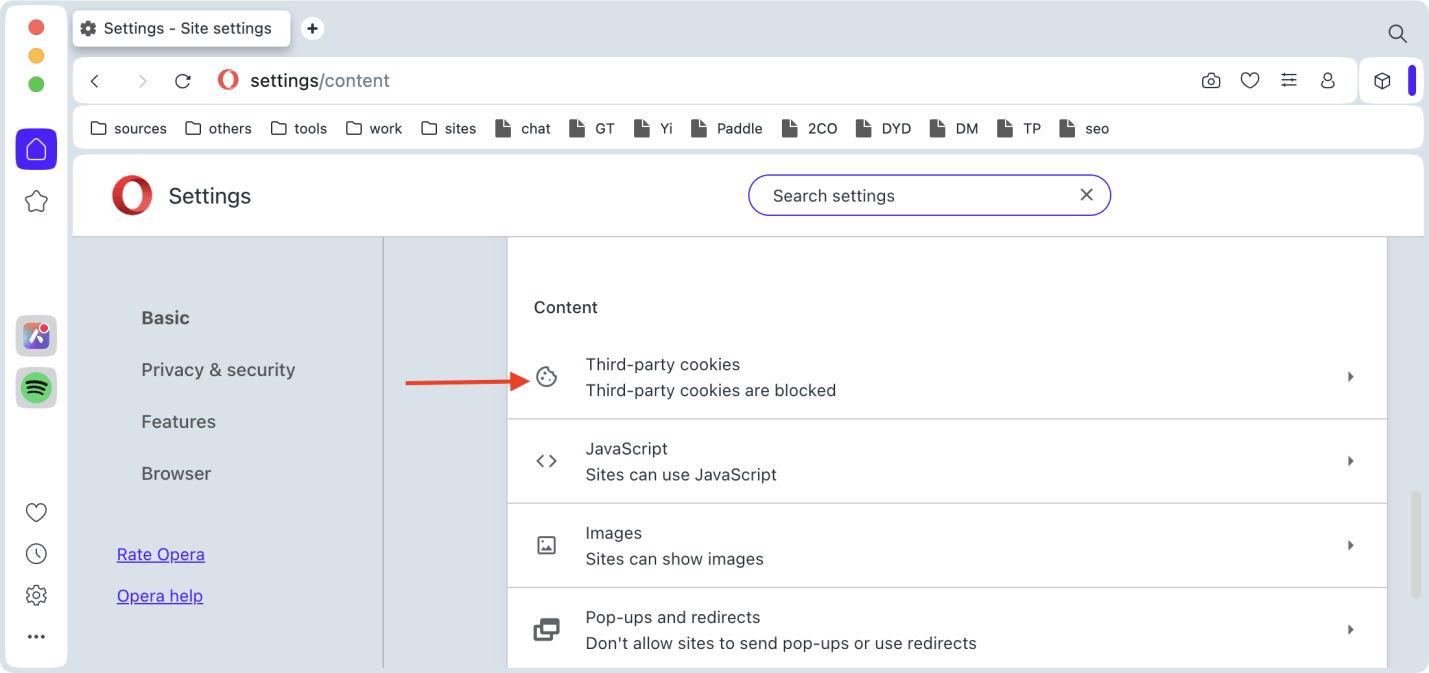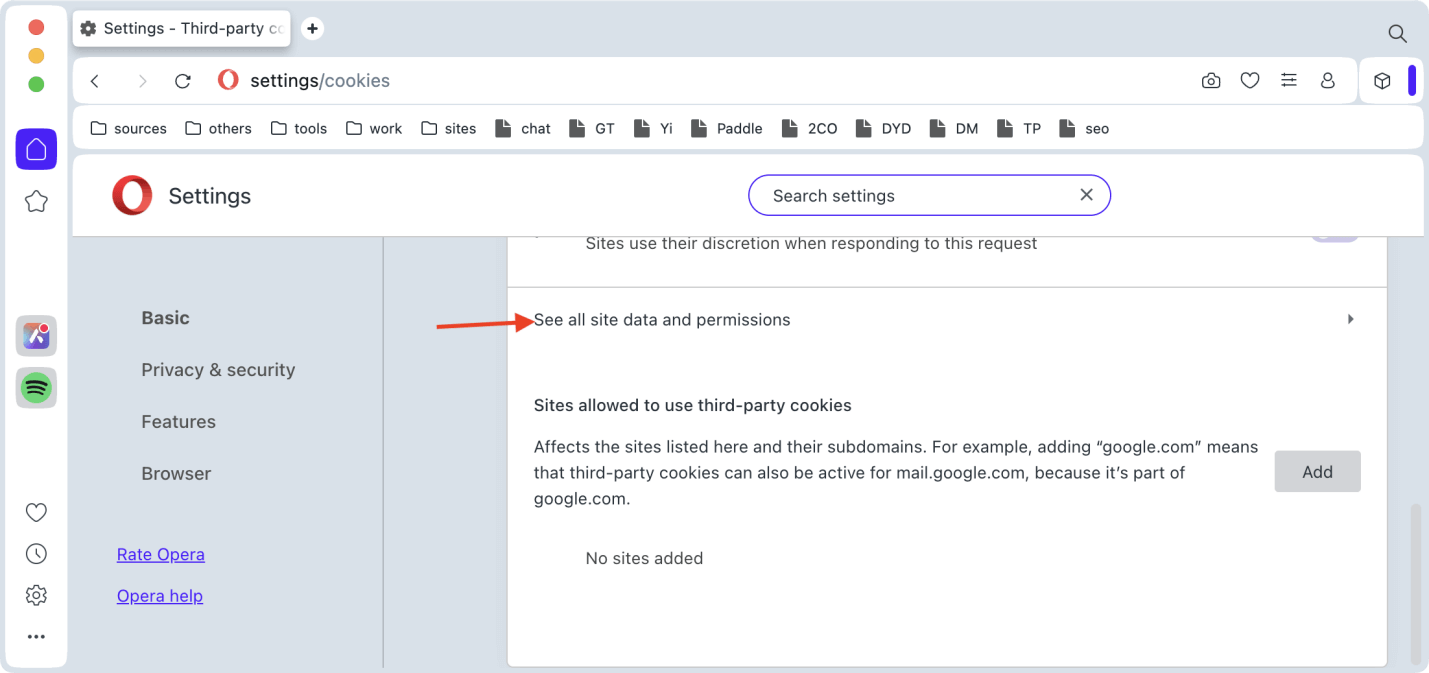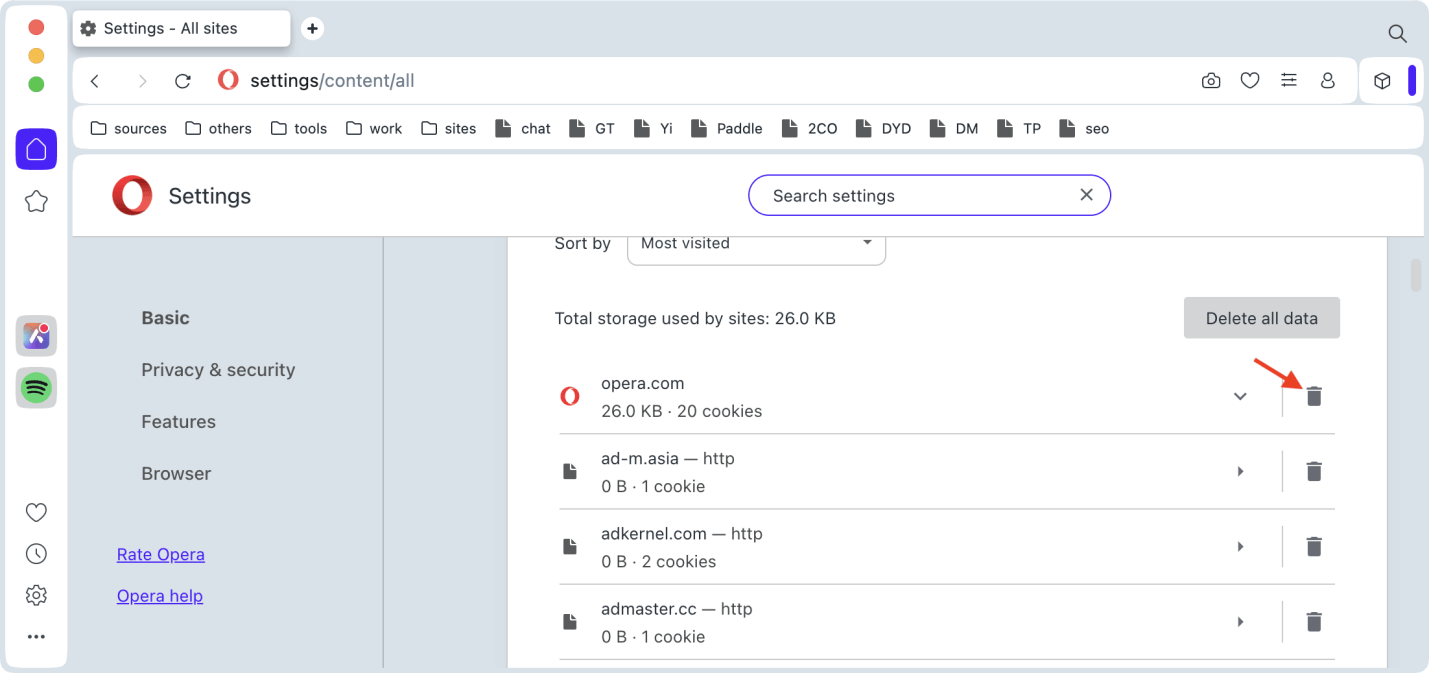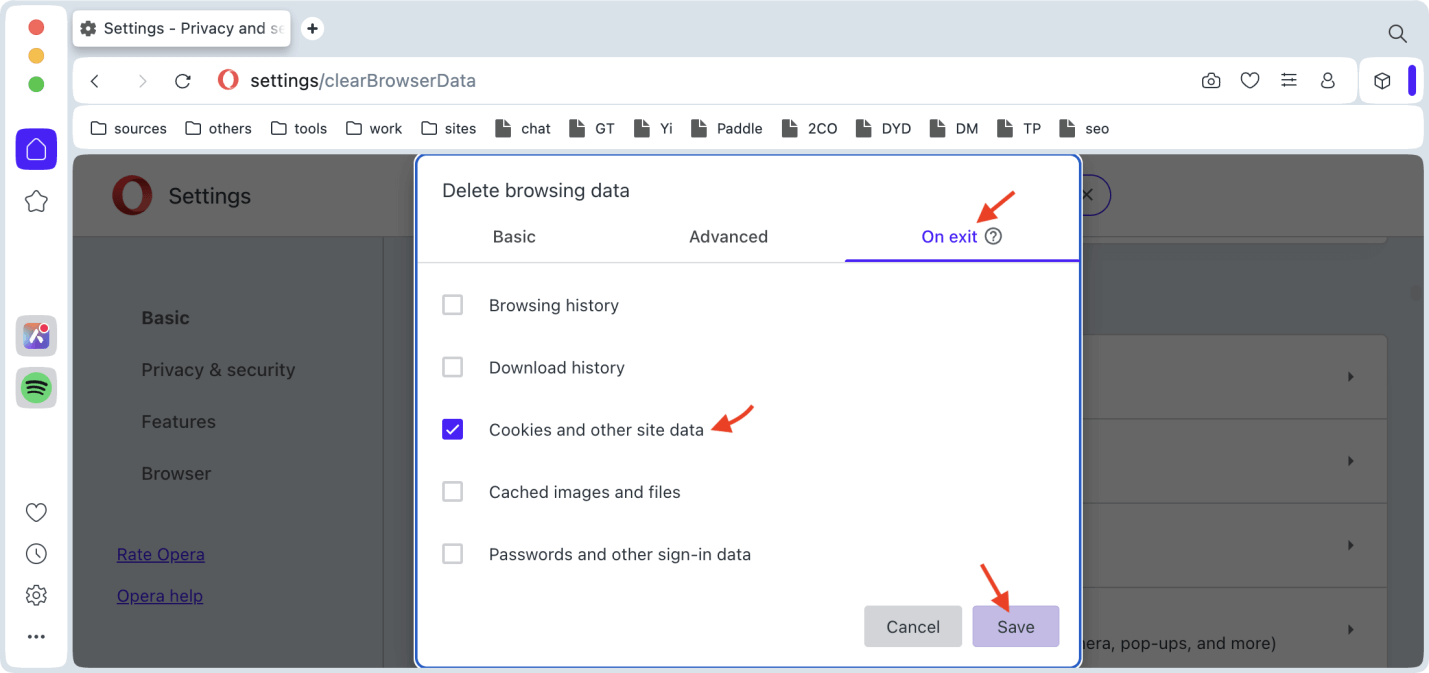Before we start:The guide introduces the methods to manually or automatically clear cookies for Safari, Google Chrome, Mozilla Firefox and Opera. The Mac cleaner Donemax DMcleaner for Mac can help you clear cookies and other browsers' data deeply all at once.
PAGE CONTENT:
If you've ever wondered why websites seem to "remember" you, the answer lies in cookies. Your login credentials, site preferences, and browser history are all stored in these little text files. While cookies can be useful, they can also pose privacy risks, take up storage space, and cause browsing issues.
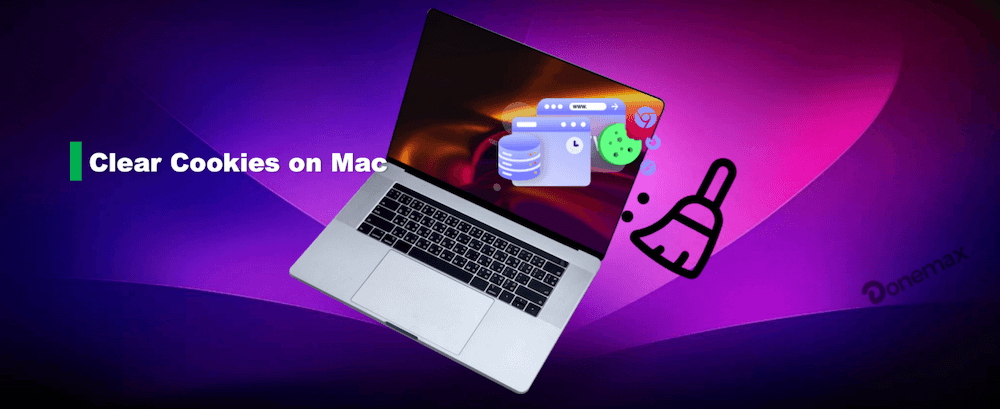
In this guide, we'll explain what cookies are, why you might want to clear them, and how to remove cookies from different browsers on your Mac. Additionally, we'll cover alternative ways to manage cookies and discuss the pros and cons of clearing them.
Understanding Cookies on Mac
What Are Cookies?
Every time you visit a website on your Mac, little text files called cookies are saved. These files contain various types of data that help websites remember you and provide a smoother browsing experience.
For example, when you log into an online store like Amazon, a cookie stores your login session. The next time you visit, you won't need to enter your password again. Similarly, if you add an item to your shopping cart but leave the site, cookies allow the cart to remain filled when you return later.
However, not all cookies are helpful. Some are designed to track your online activity across different sites, collecting data on your interests, browsing behavior, and purchase history. These are commonly used by advertisers to deliver targeted ads.
Types of Cookies on Mac
Cookies fall into several categories based on their function and lifespan.
1. First-Party Cookies
These are created by the website you are visiting. They help improve user experience by:
- Remembering login details.
- Storing language preferences (e.g., English vs. Spanish).
- Keeping track of shopping carts on e-commerce websites.
For instance, if you visit YouTube and set your preferred video playback quality to 1080p HD, a first-party cookie will store this preference for future visits.
2. Third-Party Cookies
A website other than the one you are now on loads these onto your Mac. They are mainly used for advertising and tracking purposes.
For example, if you browse Nike's website and then see Nike ads on other sites like Facebook or CNN, this happens because of third-party cookies.
Many privacy-conscious users choose to block third-party cookies to prevent extensive tracking across different sites.
3. Session Cookies
These are temporary cookies that are erased when you close your browser. They help maintain a seamless experience while browsing.
For example, when you log into your online banking portal, session cookies ensure you stay logged in while navigating between pages. However, once you close the browser, you must log in again because the session cookies disappear.
4. Persistent Cookies
Unlike session cookies, these remain stored on your Mac even after you close your browser. They help websites remember information for future visits.
For example, when you check the "Remember Me" box while logging into Gmail, a persistent cookie stores your credentials, so you don't need to log in again.
Persistent cookies can last anywhere from a few days to several years, depending on the website's settings.
Why Clear Cookies?
While cookies improve convenience, there are several reasons why you might want to clear them from your Mac:
1. Protecting Privacy
Cookies, especially third-party ones, track your browsing activity. They collect data on:
- Websites you visit.
- Products you view.
- Ads you click on.
This data is often used by advertisers to create detailed user profiles. If you've ever searched for "best running shoes" and then saw ads for Nike or Adidas on multiple sites, this is due to cookies.
Clearing cookies regularly helps prevent excessive tracking and enhances your privacy.
2. Resolving Website Errors
Cookies can sometimes become corrupted or outdated, causing website malfunctions such as:
- Login issues (e.g., getting logged out frequently).
- Pages not loading properly.
- Missing images or broken links.
For example, if you're trying to log into Netflix, but the page keeps refreshing without logging you in, a corrupted cookie might be the cause. Deleting cookies often resolves such issues.
Over time, cookies accumulate on your Mac, taking up unnecessary storage space. While individual cookies are small, hundreds or thousands of them can add up.
By clearing cookies, you can:
- Speed up browser performance.
- Reduce clutter in storage.
- Ensure a smoother browsing experience.
4. Preventing Security Risks
Cybercriminals can exploit cookies in various ways:
- Session hijacking: Hackers steal session cookies to gain unauthorized access to accounts.
- Cross-site scripting (XSS) attacks: Malicious scripts steal cookies to impersonate users.
For instance, if you're using public Wi-Fi at a coffee shop, a hacker might intercept your cookies and gain access to your Facebook or email account.
By clearing cookies regularly, you minimize these risks and keep your online activities secure.
Pros and Cons of Clearing Cookies
Pros
- Improved privacy by reducing tracking.
- Resolves website glitches and login issues.
- Frees up storage space and improves speed.
Cons
- You will be logged out of websites.
- Websites may forget your preferences.
- Some sites may not function properly.
How to Clear Cookies on Different Browsers on Mac
Each web browser has a different process for clearing cookies. Below is a step-by-step guide for Safari, Google Chrome, Mozilla Firefox, and Microsoft Edge.
Steps to Clear Cookies in Safari
Here are the steps to delete or clear Cookies in Safari:
- On your Mac, launch Safari. Select Settings after clicking on Safari in the menu bar.
![clear cookies on Mac]()
- Select the tab for Privacy. Click Manage Website Data to see the saved cookies.
![clear cookies on Mac]()
- To remove all cookies, select Remove All; alternatively, select particular websites and click Remove. Confirm your choice by clicking Done.
![clear cookies on Mac]()
Methods to Clear Cookies in Google Chrome
Method 1: Clearing All Cookies in Chrome
- On your Mac, launch Google Chrome. Select the menu with three dots in the top-right corner. Choose Settings.
![clear cookies on Mac]()
- Click Privacy and security. Select Delete browsing data.
![clear cookies on Mac]()
- Examine the site's cookies and other information. Decide on a time frame (last hour, last day, last week, etc.). Click Clear data to remove cookies.
![clear cookies on Mac]()
Method 2: Clearing Cookies for Specific Websites in Chrome
- Launch Chrome, then select Settings → Privacy and security → Third-party cookies.
![clear cookies on Mac]()
- Select See all site data and permissions.
![clear cookies on Mac]()
- Use the search bar to find the specific site. Click delete icon next to the site's name.
![clear cookies on Mac]()
Method 3: Enabling Automatic Cookie Deletion in Chrome
- Select Settings → Privacy and security and further Site settings.
![clear cookies on Mac]()
- Under Additional content settings, select On-device site data.
![clear cookies on Mac]()
- Enable the option Delete data site have saved to your device when you close all windows.
![clear cookies on Mac]()
Methods to Clear Cookies in Mozilla Firefox
Method 1: Clearing All Cookies in Firefox
- On your Mac, launch Mozilla Firefox. Choose Settings by clicking the three-line menu in the upper-right corner.
![clear cookies on Mac]()
- Go to Privacy & Security. Click Clear Data after navigating to Cookies and Site Data.
![clear cookies on Mac]()
- Check Cookies and site data and click Clear.
![clear cookies on Mac]()
Method 2: Clearing Cookies for Specific Websites in Firefox
- Open Firefox → Settings → Privacy & Security.
- Under Cookies and Site Data, click Manage Data.
![clear cookies on Mac]()
- Select the site(s) whose cookies you want to delete.
- Click Remove Selected or Remove All. Click Save Changes button.
![clear cookies on Mac]()
Method 3: Enabling Automatic Cookie Deletion in Firefox
- Go to Settings → Privacy & Security.
- Tick the option Delete cookies and site data when Firefox is closed and it will activate the option to remove cookies and site data automatically.
![clear cookies on Mac]()
Methods to Clear Cookies in Opera
Method 1: Clearing All Cookies in Opera
- On your Mac, launch Opera. Select Settings. Choose Delete browsing data under Privacy & security option.
![clear cookies on Mac]()
- Click Delete data after checking Cookies and other site data. You can set the Time range from "Last hour" to "All time."
![clear cookies on Mac]()
Method 2: Clearing Cookies for Specific Websites in Opera
- Open the browser and click Settings → Privacy & security → Site settings.
![clear cookies on Mac]()
- Select Third-party cookies under Content.
![clear cookies on Mac]()
- Select See all site data and permissions.
![clear cookies on Mac]()
- Find the website and click the recycle bin icon to delete the cookies for the specified website.
![clear cookies on Mac]()
Method 3: Enabling Automatic Cookie Deletion in Opera
- Go to Settings → Privacy & security → Delete browsing data.
- Change to On exit tab, turn on Cookies and other site data. Click Save to confirm it. Then the cookies will be automatically deleted when you close the browser.
![clear cookies on Mac]()
Clearing Cookies Using Mac System Settings
Mac's built-in system preferences do not offer a way to clear all browser cookies at once. However, you can use Finder → Go → Go to Folder, enter ~/Library/Caches/, and delete browser cache files.
Alternative Ways to Manage Cookies on Mac
1. Using Third-Party Cleaning Tools
Some apps can automate cookie clearing for multiple browsers. For example, the Mac cleanup and optimization tool Donemax DMcleaner for Mac can easily clean up the cookies of different browsers at once.
Donemax DMcleaner for Mac
- Easy-to-use Mac cleanup and optimization tool.
- Deeply clear junk data on Mac to free space.
- Full of features to optimize the Mac and speed it up.
It's simple and fast to clear the cookies of the browsers with DMcleaner. Here are the steps:
Step 1. Start the Mac cleanup tool from launchpad and select Internet Cleanup option. Click Scan button and the software will search for the browsers' data.
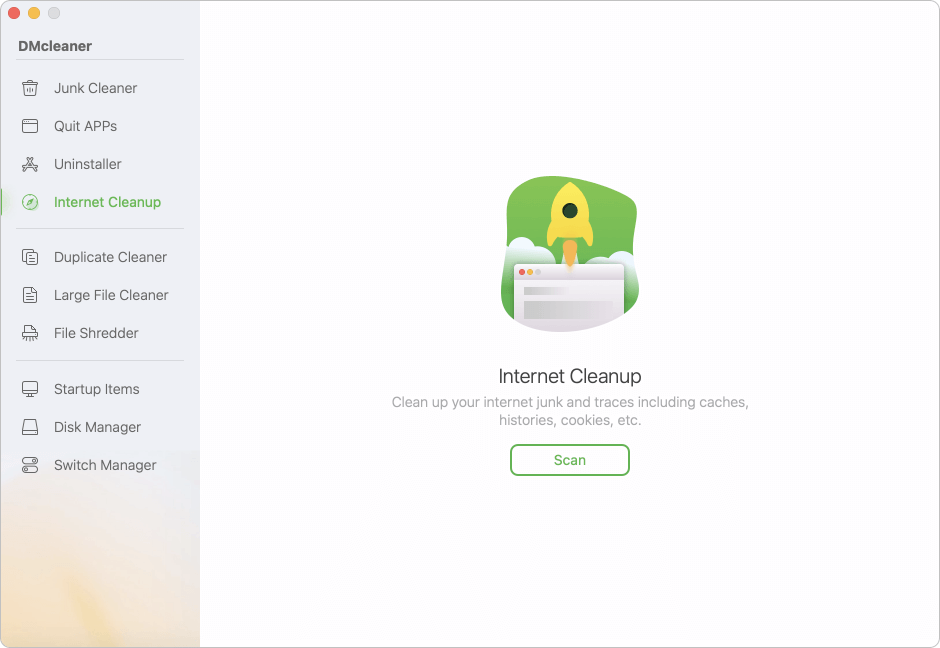
Step 2. After the scan is finished, the software will show you all the found data that can be deleted, including the cookies. Ensure the Cookies option is checked.
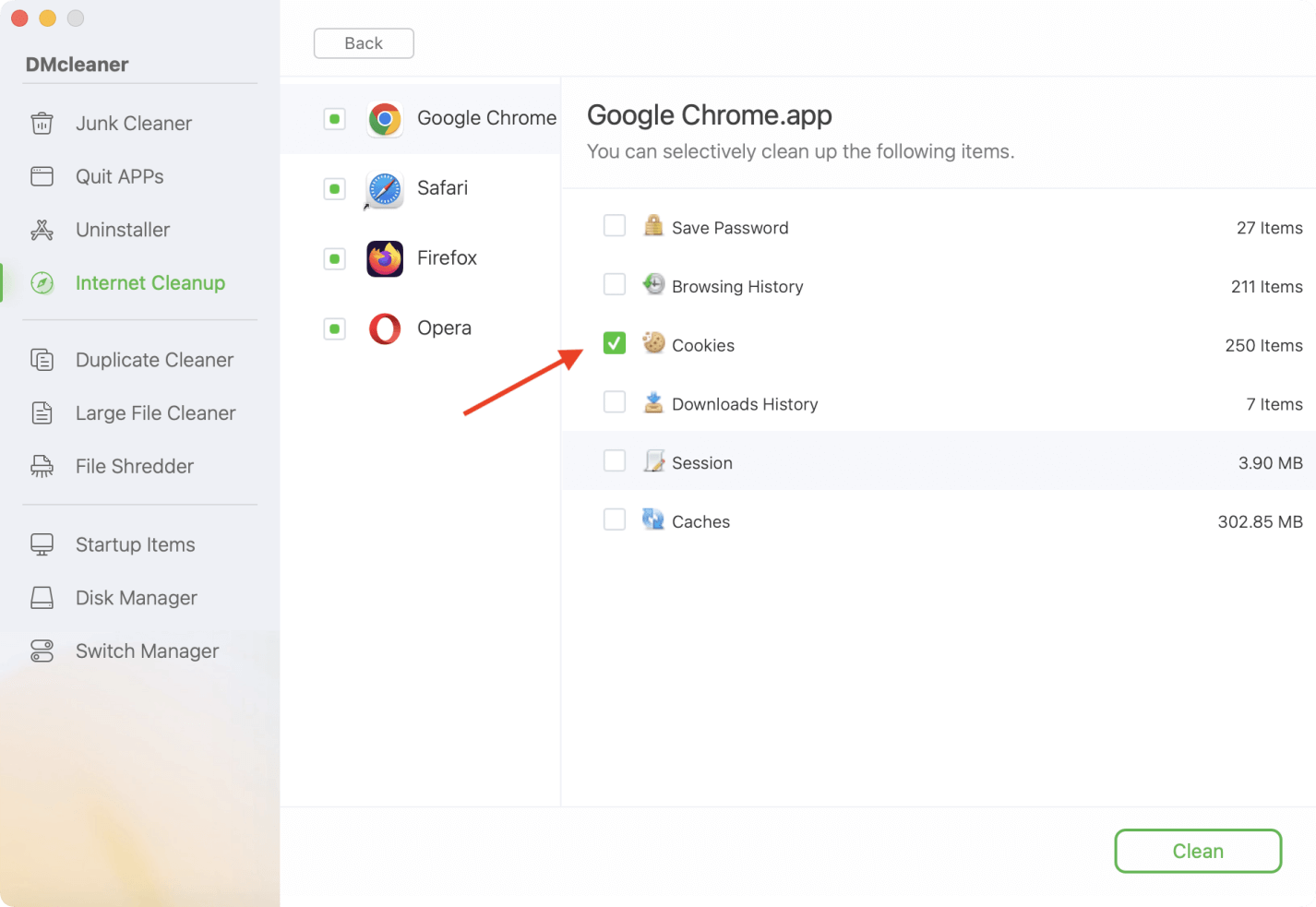
Step 3. Click the Clean button, then the software will start to clean up the selected items. Once it's finished, you will find the cookies of the browsers are all cleared.
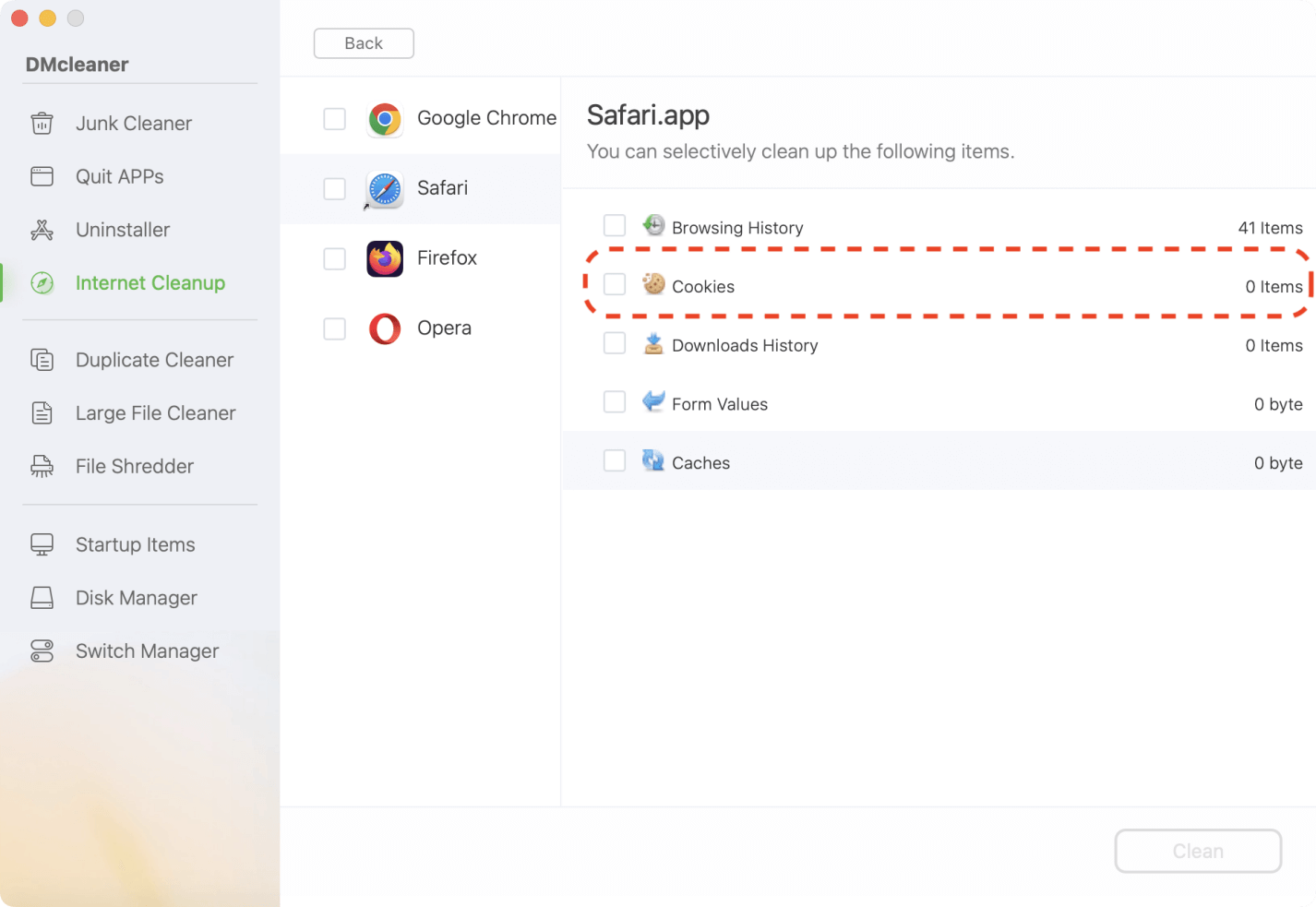
2. Private Browsing Mode
Using Incognito (Chrome), Private Browsing (Safari, Firefox), or InPrivate (Edge) prevents cookies from being stored.
3. Adjusting Browser Settings to Block Cookies
Most browsers allow you to block third-party cookies or disable cookies entirely in their privacy settings.
Conclusion
Clearing cookies on your Mac is a great way to enhance privacy, resolve browsing issues, and manage storage. Whether you use Safari, Chrome, Firefox, or Opera, each browser provides an easy way to delete cookies manually or automatically. Also, a professional Mac cleanup tool DMcleaner for Mac is recommended to clean cookies or other data all at once.
If you're concerned about tracking but don't want to clear all cookies frequently, consider using private browsing mode, blocking third-party cookies, or leveraging browser extensions for better control.
Regularly clearing cookies ensures a smoother and more secure browsing experience while keeping your Mac optimized.


Donemax DMcleaner for Mac
Donemax DMcleaner for Mac is an award-winning Mac cleanup & maintenance application. It offers 10+ tools to help Mac users clean up junk data on Mac, uninstall unwanted apps & delete leftovers, shred files, delete duplicate files, free up disk space, speed up slow Mac, etc. It is also a smart switch manager for Mac, a powerful disk manager for Mac.
Related Articles
- Jul 21, 2025How to Uninstall and Reinstall Safari on Mac?
- Sep 23, 2025What Is The Best Mac Junk Cleaner? [macOS Tahoe Supported]
- Jul 15, 2025[8 Methods] Fix Mac Keeps Freezing: Complete Guide to Restore Smooth Performance
- Oct 10, 2025Clear System Data on macOS Tahoe 26: A Complete Guide
- Apr 04, 2024Best 6 Methods to Uninstall Apps on macOS Sonoma
- Jul 08, 2025How to Uninstall Applications on macOS Tahoe 26?

Steven
Steven has been a senior writer & editor of Donemax software since 2020. He's a super nerd and can't imagine the life without a computer. Over 6 years of experience of writing technical solutions and software tesing, he is passionate about providing solutions and tips for Windows and Mac users.

Gerhard Chou
In order to effectively solve the problems for our customers, every article and troubleshooting solution published on our website has been strictly tested and practiced. Our editors love researching and using computers and testing software, and are willing to help computer users with their problems



